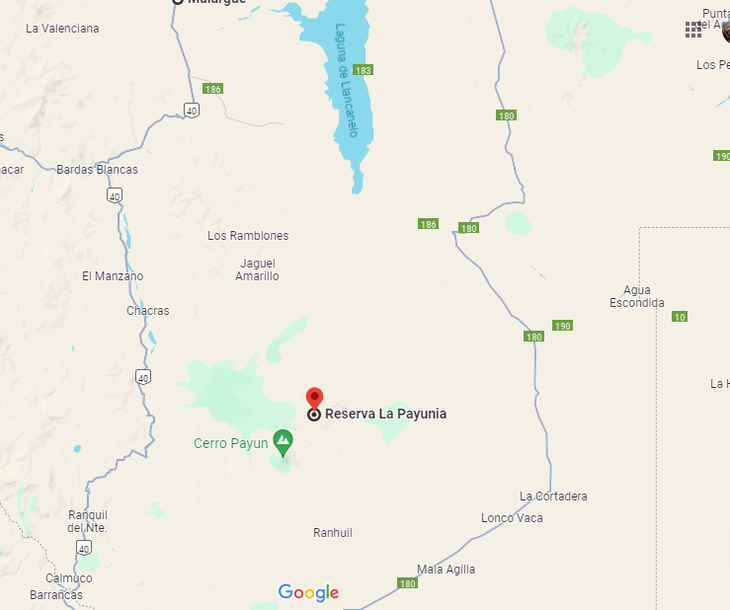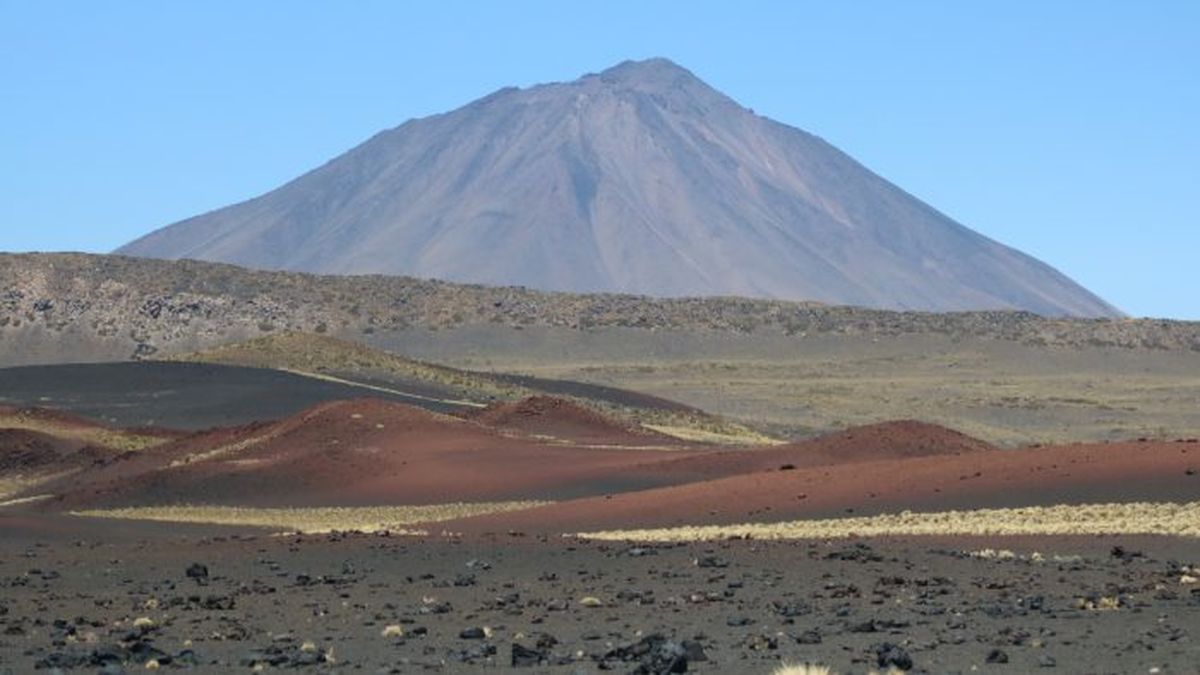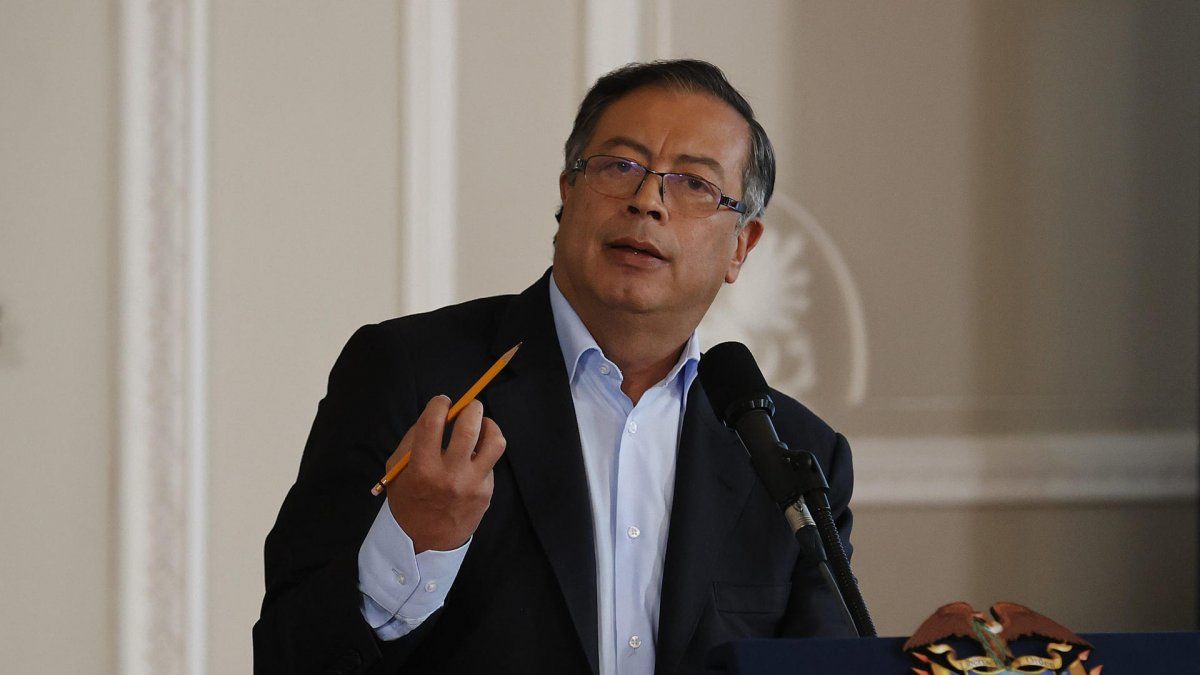Throughout the Andes mountainsThere are not only mountains with snow. It is also home to several volcanoes; of which many, fortunately today, are inactive. However, they have left their mark and remains of their eruptions around the ground.
But in the province of Mendoza, not only are there volcanoes, but they are also part of a park. There, in addition to the rest of the rocks and soil stained by ancient ashes, there is a fauna and flora typical of the region, which grows and lives wildly. That is why for lovers of the extreme, The Payunia It should be a mandatory stop at least once in your life.
What to see in La Payunia, Mendoza
In The Payunia The landscape is permeated with the majesty and force of volcanic activity. The volcanoeswith its imposing heights and craters marked by intense explosions and lava flows, give shape to a unique and fascinating environment.
He Payún Matru, with its vast caldera and the semi-permanent lagoon inside, is a tangible testimony to the explosive force that shapes the volcanic landscape. Its sinking after a strong explosion has created an impressive natural setting, fed by snow and precipitation.
He Payun Smoothwith its crater that houses a slab of ice in winter and a small lake in spring, offers an interesting visual contrast, showing the duality of life in a volcanic environment.
He Santa Maria volcano, although smaller compared to the previous ones, leaves its mark on the landscape with one of the largest flows in the region, which extends over 17 kilometers. The lava flows and pyroclastic material give the area a unique and mysterious appearance, especially in the area known as “Black Pampas“, where craters and dark lapilli dominate the landscape.
He “bomb field“adds another intriguing element, with its circular formations of pyroclastic material, the “volcanic bombs”, which are testimony to the violent explosive activity of the volcano, where bubbles of molten rock are expelled and molded into various shapes as it cools.
IMG_9905-700×467.jpg
Volcanic rocks are distributed throughout the park.
Government of Mendoza
The region of The Payunia It houses a notable diversity of plants, among which the black solupe, the yellow firewood and three varieties of jarilla stand out, as well as the pichanilla and melosa, which constitute a significant part of the vegetation bushy. The grasslands, for their part, are mainly composed of tupe and flechilla, with scattered patches of jonquil between them.
In addition, a large number and variety of animals live there. Among them, stands out The guanacowhose population in the region reaches 14,000 individuals, one of the largest in Argentina. This imposing herbivore has the remarkable ability to survive long periods without consuming water, allowing it to explore vast expanses of land in search of food.
Others mammals, such as the gray fox, the red fox, the grassland cat, the mara hare and the Patagonian piche, also find in this protected natural area a suitable habitat to feed, reproduce and carry out their life cycle. In addition, a variety of birds, such as the big-headed plover, the chestnut monjita, the titmouse yal and the black calandria, share this environment with a peculiar bird, the rhea, which, despite not flying or singing, impresses with its imposing size. .
How to get to La Payunia, Mendoza
La Payunia is located within the department of Malargue (Río Grande, Agua Escondida and Río Barrancas Districts), 90 km. from the city of Malargüe and about 570 km from the city of Mendoza.
Screenshot 2024-04-29 191407.png

The best way to access the Park is through National Route 40.
Source: Ambito
I am an author and journalist who has worked in the entertainment industry for over a decade. I currently work as a news editor at a major news website, and my focus is on covering the latest trends in entertainment. I also write occasional pieces for other outlets, and have authored two books about the entertainment industry.




